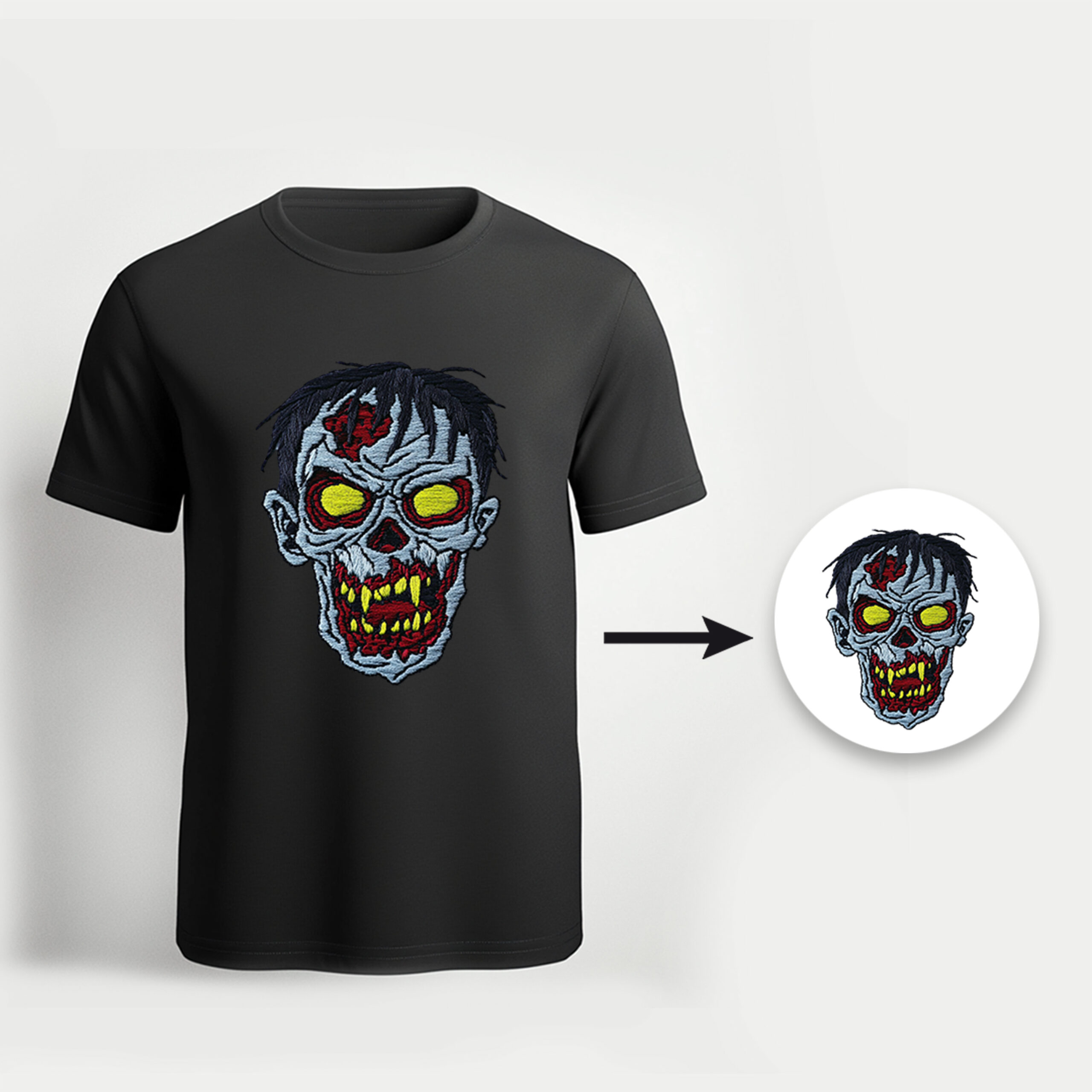Mastering Digitization for Embroidery: The Art & Importance of Embroidery Digitizing

In the world of modern fashion and textile design, digitization for embroidery has become a game-changer. Gone are the days when embroidery was limited to hand-stitched patterns — today, machines handle the task with precision and speed. But the magic behind machine embroidery lies in one crucial process: Embroidery Digitizing.
What Is Digitization for Embroidery?
Digitization for embroidery is the process of converting artwork, such as a logo or custom design, into a digital file that an embroidery machine can read. This file guides the machine on how to stitch the design — including the path, density, thread color, and type of stitch.
This isn’t just about scanning a picture. It’s a highly technical and artistic process that requires understanding both graphic design and embroidery techniques. Every curve, line, and color in the original design needs to be translated into something a needle and thread can replicate — and that’s where digitizers step in.
Why Embroidery Digitizing Matters
Embroidery Digitizing is at the heart of quality embroidery work. Without it, machines wouldn’t know how to reproduce your logo, text, or illustration. Here’s why it’s essential:
- Precision: It ensures that every detail of the design is stitched with accuracy.
- Consistency: Whether you’re making one item or a thousand, digitization allows for consistent quality.
- Efficiency: Digitized files speed up the production process, saving time and cost.
- Customization: It opens the door to creating custom patches, apparel, caps, and more.
How the Process Works
The digitization for embroidery process typically includes the following steps:
- Design Review: A graphic is reviewed to determine whether it is suitable for embroidery.
- Digitizing Software Use: A professional uses software like Wilcom or Pulse to convert the image into a stitch file.
- Stitch Mapping: The digitizer defines stitch types, directions, and densities.
- Test Runs: The file is tested on fabric to check for any flaws.
- Final Delivery: Once approved, the file is delivered in the desired machine-readable format (e.g., DST, PES).
Embroidery Digitizing for Businesses and Brands
If you run a clothing brand, a promotional product company, or even a sports team, Embroidery Digitizing can elevate your merchandise. Logos, brand names, slogans — all can be beautifully embroidered on shirts, hats, uniforms, and more.
Well-digitized designs enhance your brand’s image by making it look polished and professional. And since the embroidery lasts much longer than printed designs, it’s a great option for durable, high-quality branding.
Common Applications of Digitized Embroidery
- Corporate Apparel: Company logos on polo shirts or jackets.
- Sports Teams: Team names and player numbers on uniforms.
- Caps & Hats: Perfectly curved designs made to fit hat panels.
- Custom Patches: For clubs, schools, bikers, or fashion wear.
- Personal Gifts: Monograms or custom names stitched on towels, robes, or bags.
Tips for Great Digitization for Embroidery
- Use High-Resolution Artwork: Better input leads to better output.
- Work with Professionals: Skilled digitizers understand how thread behaves.
- Consider Fabric Type: Some fabrics need lighter stitching to avoid puckering.
- Keep It Simple: Overly complex designs may not translate well to thread.
Conclusion
Digitization for embroidery is more than a technical task — it’s an art form. Behind every clean, crisp embroidered logo is a digitizer who made the magic happen. Whether you’re a business owner or a hobbyist, investing in quality Embroidery Digitizing will always pay off in terms of durability, style, and impact.
Looking to get your designs digitized by professionals who care about every stitch? Choose a service that understands your brand’s identity and turns it into embroidery that lasts a lifetime.


